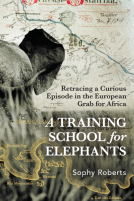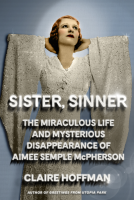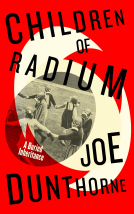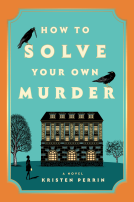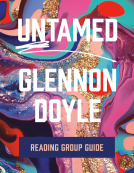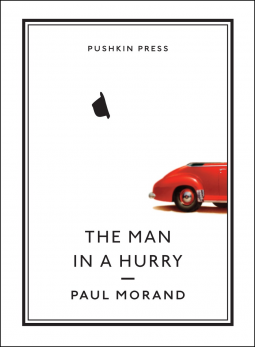
The Man in a Hurry
by Paul Morand
This title was previously available on NetGalley and is now archived.
Send NetGalley books directly to your Kindle or Kindle app
1
To read on a Kindle or Kindle app, please add kindle@netgalley.com as an approved email address to receive files in your Amazon account. Click here for step-by-step instructions.
2
Also find your Kindle email address within your Amazon account, and enter it here.
Pub Date Sep 01 2015 | Archive Date Jul 15 2015
Description
Pushkin Collection editions feature a spare, elegant series style and superior, durable components. The Collection is typeset in Monotype Baskerville, litho-printed on Munken Premium White Paper and notch-bound by the independently owned printer TJ International in Padstow. The Man in a Hurry is the first hardcover release in the Pushkin Collection line.
Advance Praise
"The translation's prose is refined and worldly, the atmosphere European, the overall effect that of a jeu d'esprit. . . The four women's curious behavior recalls moments in Mervyn Peake's Gormenghast novels and Eugenides' Virgin Suicides." - Kirkus Reviews
"Morand was the all-round aesthete." - Nicholas Lezard, Guardian
"Morand was a citizen of the world, with a sharp eye and a neat turn of phrase." - Tablet
"Without a doubt the best French writer of the twentieth century." - Philippe Sollers
Available Editions
| EDITION | Other Format |
| ISBN | 9781782270973 |
| PRICE | $24.00 (USD) |
Average rating from 15 members
Featured Reviews
 Mandy J, Reviewer
Mandy J, Reviewer
First published in 1941, acclaimed French author Paul Morand’s short but compelling novel has an intriguing resonance for today’s world. It’s the story of Pierre Niox, a busy Paris antiques dealer, who just can’t stop living life at top speed. As he dashes about at a dizzying pace, he alienates all those around him, until even his cat abandons him. His efforts to save time at every possible opportunity becomes ultimately ridiculous, and it is only after meeting and marrying the indolent Hedwige that he begins to see the light and wonder whether his race against time actually means a fulfilling life is passing him by. A cautionary tale for us all, perhaps, in our world of instant gratification. Niox’s frenetic existence is largely autobiographical and is both amusing and touching. A life lived trying always to save time is in fact a life lived wasting it. An enjoyable little fable, seamlessly translated, and another gem from Pushkin Press.
 Hayley R, Reviewer
Hayley R, Reviewer
Bearing in mind this book was first published in 1941, you have to forgive the use of language that is no longer politically correct. You also have to shove aside the sexism, insofar as the women in the book were written about as if they were all strange, unknown creatures, who are all alike in habits and actions. The writing was quite unusual to start with, but the book was beautifully translated. It took a few chapters to get into the flow of the writing style and fully engage with the main characters. At first I stuggled with the story, then I was hooked, then it annoyed me, then I liked it again. I did find some passages drifted of of topic, and the book is very 'wordy' and descriptive, but that may be due to it being a translation. Overal I enjoyed the book, it was intresting and certainly different. It offers a lot of opportunity for reflection on how we live our lives today. How we rush from one thing to another, but do we ever enjoy or appreciate the present moment.
